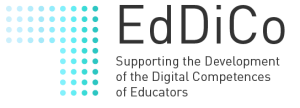Social Learning Analytics in Higher Education. An experience at the Primary Education stage
The main goal of this study, carried out in the Primary Education Degree of the University of Murcia, was to research, from the perspective of Social Learning Analytics, how students learn and collaborate in online environments, specifically through their use of social media. With the idea of improving and optimizing future teaching experiences, a pilot study was conducted using weblog, Twitter and Facebook to work with different topics on the subject. The method used in this research was a participant observation and the analysis performed was both quantitative, based mainly on the data gathered from the learning analytics, and qualitative (analyzing students’ content from comments).

